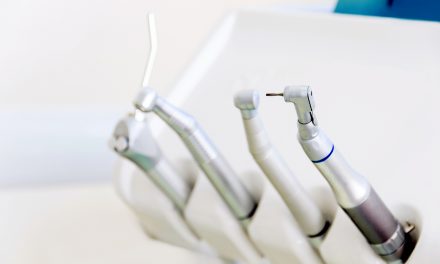(Note from Erin: I had my implants removed years ago and it was one of the best decisions I’ve ever made. If you still have implants or are thinking about getting them, I would strongly encourage you to read this article and each of the links provided within. You are more important than the risk and your body is beautiful without them. I promise.)
We’ve been talking to you for the last year about breast implants and cancer. However, at the beginning of the month, “despite an outcry from women”1 to ban the textured breast implants associated with anaplastic large cell lymphoma (BIA-ALCL), a type of non-Hodgkin lymphoma (cancer of the cells of the immune system) the FDA announced those implants will still be allowed for sale in the United States although they will come with a strongly worded warning.
RELATED STORY:
(The FDA decided to move forward even after a two-day public advisory meeting in late March where a number of women spoke out about their health problems after receiving the implants.)
“BIA-ALCL is predominantly associated with a textured type of implant, rather than the smooth version. The illness is slow-growing and treatable when it’s detected early.
At least 457 women in the United States have been diagnosed with the cancer, according to the FDA, and nine have died as a result. The cancer affects cells in the immune system and can be found around the breast implant.
Acknowledging that international health agencies have been moving to ban the sale of textured implants, the FDA says the market share in those countries can reach 80%, while market share in the United States is tiny in comparison.”1
According to the agency,
“The type of macro-textured implants targeted by some of our international counterparts represents less than 5% of breast implants sold here. At this time, the FDA does not believe that, on the basis of all available data and information, the device meets the banning standard set forth in the Federal Food, Drug, and Cosmetic Act.”1
RELATED STORY:
(Does that sound like putting profits first?)
Since the FDA raised the possibility of the illness in 2011, calling the risk small but significant, the scientific community has learned more about the link between the implants and BIA-ALCL.
- Labeling changes like box warnings and patient decision checklists may be a way for the FDA to communicate risk.
- And breast implant manufacturers will see “a significant change in how adverse events are reported.”1
- Manufacturers will be required to file individual reports on adverse events that will be made publicly available.
- The FDA also said it planned to increase its partnership with patients registry groups such as PROFILE, which collects data on patients with BIA-ALCL diagnosis, and the National Breast Implant Registry, established last year.1
RELATED STORY:
The FDA urges women to check for symptoms like fluid buildup, a mass around the implants, swelling, and redness around the implants. However, they can also rupture (a condition called capsular contracture) causing the breasts to become hard and misshapen and cause immune system disorders.
SOURCE:











